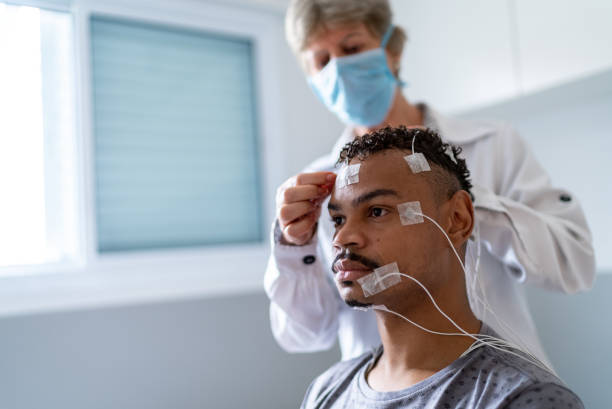Diagnosis
HOW IS NARCOLEPSY DIAGNOSED?
Ideally, diagnosis typically relies on a 24-hour sleep study that includes a nighttime portion (polysomnogram) and daytime nap portion (multiple sleep latency test). The diagnosis is mainly based on how quickly and frequently one’s brain enters rapid eye movement sleep (REM)/dream sleep during these tests.


